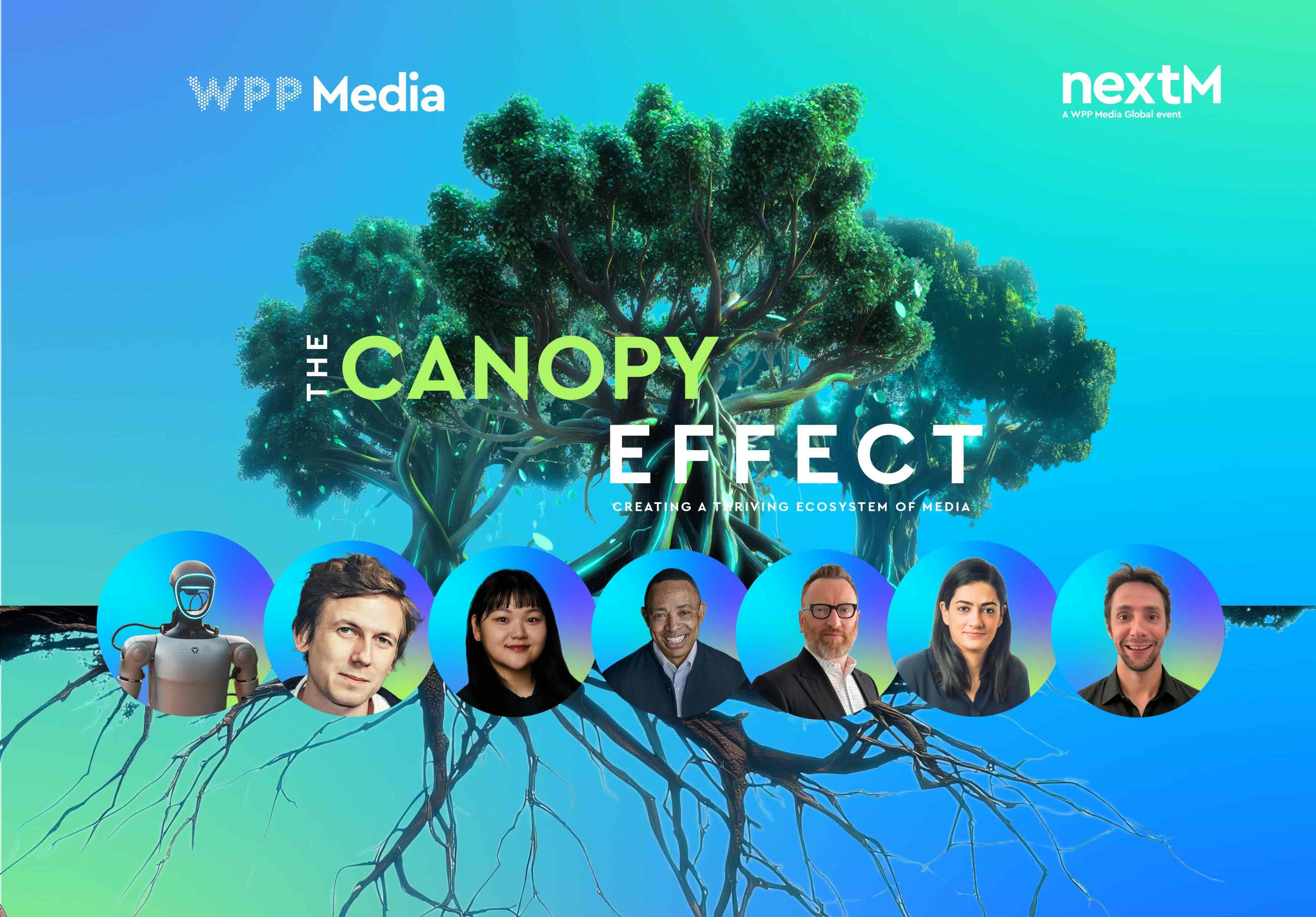News - Digital/Tech
An end to fraud?
by Iain Akerman
October 17, 2018
.jpg) Advertisement
Advertisement“Blockchain is going to completely upend the way things are done,” says Daniel Gouldman, co-founder of Ternio, a blockchain technology for the digital advertising industry. “This not only relates to issues such as total transparency (as in where money is spent), but also payments to publishers, where there are presently huge payment lags. It’s going to become the foundation for preventing fraud, which is currently a real problem within the industry.”
A decentralised unhackable database, can blockchain help solve the myriad problems facing the digital advertising industry? There are those who believe so, Gouldman amongst them.
From concerns over brand safety and ad fraud, to misleading ad reach measurement, the digital ecosystem has certainly had its fair share of bad publicity over the past few years. What’s more, with over a third of all digital traffic believed to be created by bots, an estimated $50 million a day is being lost globally from predominantly criminal behaviour in the digital advertising industry.

“The genius of blockchain means that data and information can be maintained by multiple partners so as not to make the data dependent on any one party.”-Daniel Gouldman, co-founder of Ternio
Up step blockchain, with its immutable distributed ledger and the possibility of eradicating fraudulent behaviour within the digital ad industry.
“The genius of blockchain means that data and information can be maintained by multiple partners so as not to make the data dependent on any one party,” says Gouldman. “Because the data is maintained simultaneously by multiple parties, one can trust that the information stored is true.”
Not only can blockchain help reduce ad fraud and provide transparency in the advertising supply chain, it can provide consumers with greater control over their data, says Bassam Rizk, data and technology director at Transact, OMD’s new e-commerce arm. It can also provide real-time payments for impressions or data bought, and produce smart contracts that can empower new advertising infrastructure for the buying and selling of data or inventory.
“Blockchain is well suited for anything related to data, supply chains or reconciliation,” says Gouldman. “Advertising benefits from blockchain in all three of these categories. One of the problems within the advertising industry is the lack of transparency as to where money is really being spent and the fraud/inefficiency that’s associated with that entire system. Blockchain has the unique ability to track ad impressions all the way through the supply chain, to pay out supply chain participants asynchronously, and to address the data discrepancy issues that many in the industry are struggling with.”
To date, however, there has been limited uptake, although that is slowly changing. Ternio is one of a handful of companies set to launch this year (it is to hold its first pilot in October), while others are in the process of trialling their products. For example, in Asia Mindshare partnered with blockchain firm Zilliqa late last year to test whether the company’s blockchain protocol can be used to address the challenges plaguing programmatic.
“With time, agencies and advertisers will realise the potential savings that can be achieved through blockchain based technologies,” says Rizk. “Yes, blockchain can solve many of advertising’s pressing issues, with enhanced transparency, trustworthiness and efficiency. We are already seeing new internet browsers such as Brave redefining the relationship between advertiser, publisher, consumer, and content. But without continued cooperation and innovation, adoption will remain slow.”

“With time, agencies and advertisers will realise the potential savings that can be achieved through blockchain based technologies.”--Bassam Rizk, data and technology director at Transact, OMD’s new e-commerce arm
Slow adoption is a stumbling block, with consumer participation not only the key factor slowing down blockchain for the advertising industry, but blockchain as a whole, says Rizk. “Like any new technology it takes time to improve it,” he says. “For example, how many ‘transactions’ or ‘actions’ can the technology record every second? It is debatable whether blockchain can currently handle or record the sheer volume of programmatic impressions, clicks, and conversions that are made every second and ensure that a non-fraudulent advertisement is served to a consumer. In comparison, bitcoin can handle up to seven transactions per second. That would be too slow for the advertising industry.”
Gouldman agrees. “Some simply don’t believe it can work in a programmatic environment because it requires tremendous scale,” he says. “Some are fine with it pending a business case (how it will help them make money). It’s still an emerging technology and I think we’ll see greater adoption when its clear to advertisers that they’re going to save a lot of money. And that day is coming soon.”
Originally developed to prevent fraud in digital currency exchanges, blockchain faces another stumbling block – a desire to retain a level of murkiness within the industry. Because, as Gouldman says, “transparency also means accountability, and some people are worried about what that means for their business”.
And yet as various industries begin to get to grips with blockchain, its widespread adoption in an industry plagued with fraud offers the glimpse of a healthier future.
“Blockchain is going to alter the current dynamic where Google and Facebook get all the money,” believes Gouldman. “It is going to help purify a very complicated, murky programmatic digital advertising ecosystem that many advertisers are pulling out of. And I think this is an inflection point for the industry, where advertisers won’t have to continue to pay a premium to the duopoly [Google and Facebook] for the pleasure of using their walled gardens. Blockchain will give confidence to brands that their money is well spent and will provide accountability to everyone in the ecosystem. And that will ultimately be very good for business over the long haul.”




.jpg)










